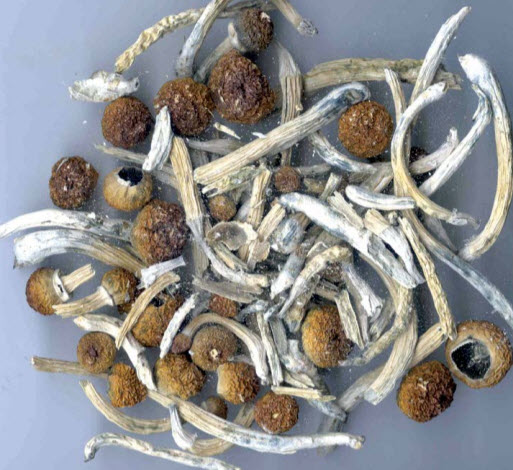Guest Blogger and long-time Council friend, Bob W. presents Part 38 of a series dealing with Alcoholism and Addiction from a Mystical, Mythological Perspective, reflecting Bob’s scholarly work as a Ph.D. in mythological studies.
In Herman Melville’s classic, Moby-Dick, Captain Ahab was near mortally wounded by a powerful albino sperm whale named Moby Dick. He became obsessed with the need to kill Moby Dick and, in a subsequent whaling voyage aboard the whale ship Pequod, he hijacks the vessel and crew and sets out on this murderous quest. The whale is too powerful, however, and, in the end, the whale destroys the Pequod killing Ahab and all the ship’s hands in the process, all the men except Ishmael, one of the seamen who is also the narrator of the book.
In the description of Ahab’s obsession with Moby Dick early in the book, Ishmael (Melville) describes it as follows: “The White Whale swam before him as the monomaniac incarnation of all those malicious agencies which some deep men feel eating in them, till they are left living on with half a heart and half a lung. [….] All that most maddens and torments; all that stirs up the lees of things; all truth with malice in it; all that cracks the sinews and cakes the brain; all the subtle demonisms of life and thought; all evil, to crazy Ahab, were visibly personified, and made practically assailable in Moby Dick. He piled upon the whale’s white hump the sum of all the general rage and hate felt by his whole race from Adam down; and then, as if his chest had been a mortar, he burst his hot heart’s shell upon it.”
In our days steeped in alcohol and drugs, we may have experienced serious incidents of trauma, not unlike Ahab’s initial encounter with Moby Dick, situations which became monstrous resentments, resentments which we medicated ad nauseam with alcohol and drugs. When we got sober, these “demonisms of life” didn’t go away; we just lost the mechanisms to medicate the feelings. We soon learned that dealing with these situations and events, these deep seated resentments, without the medicating effects of alcohol and drugs required a new set of tools and a connection to a power greater than ourselves. Meetings, reading the literature, rigorously working the Steps with a sponsor, and staying close to multiple friends in the Fellowship became a daily process to handle the issues that arise from those feelings and resentments that continually show up in different forms in our daily lives.
The power of these recurring resentments can become debilitating at times, but we learn to deal with them. For, to give them power, to allow them to control us as his hatred of Moby Dick controlled Ahab, would be to insure our ultimate demise in much the same way, and perhaps as ultimately dramatic, as was Ahab’s.

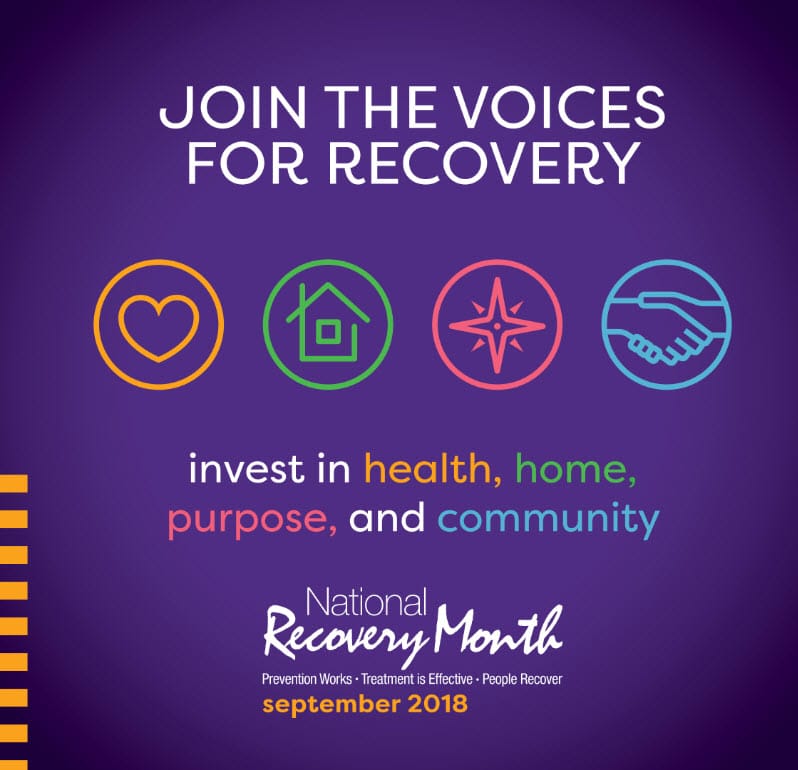 National Recovery Month (Recovery Month) increases awareness and understanding of mental and substance use disorders and encourages individuals in need of treatment and recovery services to seek help. Recovery Month celebrates individuals living their lives in recovery and recognizes the dedicated workers who provide the prevention, treatment, and recovery support services that make it possible.
National Recovery Month (Recovery Month) increases awareness and understanding of mental and substance use disorders and encourages individuals in need of treatment and recovery services to seek help. Recovery Month celebrates individuals living their lives in recovery and recognizes the dedicated workers who provide the prevention, treatment, and recovery support services that make it possible.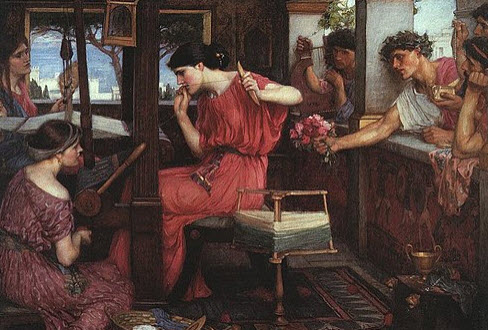 The story of Homer’s Odyssey, to which we keep returning as a classic Hero’s Journey, ends with Odysseus finally back in Ithaca reunited with his family. He has traveled all over the Aegean and Mediterranean Seas in a ten year quest to get here, suffering all kinds of ills, some incredibly gruesome, but many of his own making. His long journey to get home has caused many to believe that he is dead and, as a result, his Kingdom on Ithaca has been overrun by young men seeking to convince his wife, Penelope, to recognize that as fact and marry one of them, so that he could become King.
The story of Homer’s Odyssey, to which we keep returning as a classic Hero’s Journey, ends with Odysseus finally back in Ithaca reunited with his family. He has traveled all over the Aegean and Mediterranean Seas in a ten year quest to get here, suffering all kinds of ills, some incredibly gruesome, but many of his own making. His long journey to get home has caused many to believe that he is dead and, as a result, his Kingdom on Ithaca has been overrun by young men seeking to convince his wife, Penelope, to recognize that as fact and marry one of them, so that he could become King.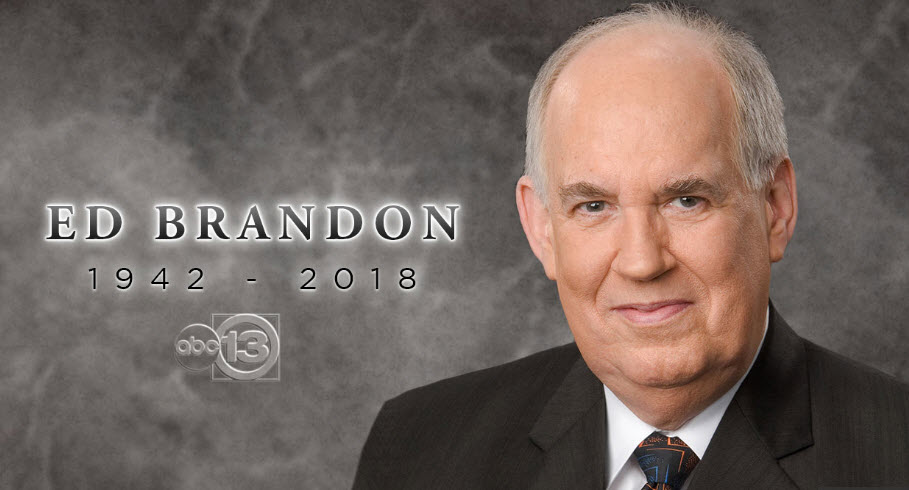 The Council on Recovery is saddened the recent passing of Ed Brandon of ABC 13, long-time supporter and board member of The Council. The following is from ABC13’s website:
The Council on Recovery is saddened the recent passing of Ed Brandon of ABC 13, long-time supporter and board member of The Council. The following is from ABC13’s website: 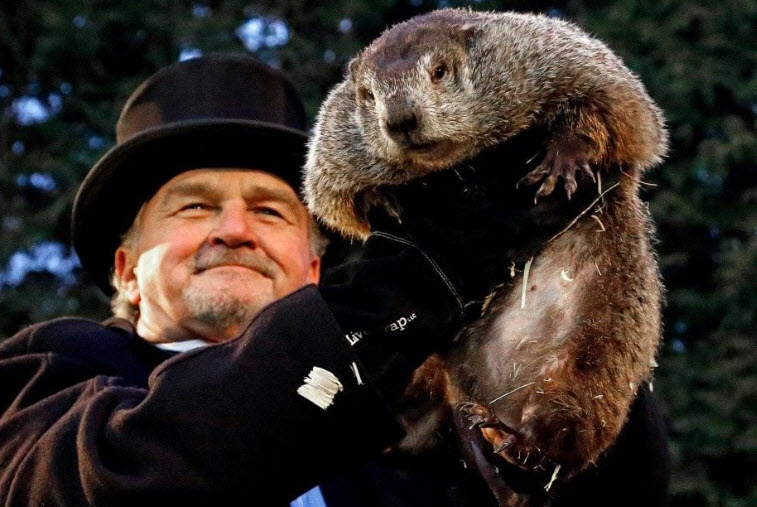 In 1993, comedian Bill Murray stared in a film called Groundhog Day. It is about a fictitious Pittsburgh TV weatherman, Phil Conners, who is sent to cover the events of Groundhog Day, Feb 2, in Punxsutawney, Pennsylvania, northeast of Pittsburgh. Punxsutawney is the actual site of an annual event where a real-live groundhog named Punxsutawney Phil either sees his shadow or doesn’t on that day, an event which signals the remaining duration of winter. Conners is a crass, self-absorbed, obnoxious character whom no one likes and who resents horribly that he has to perform such a mundane task as traveling to Punxsutawney and covering the Groundhog Day Festival.
In 1993, comedian Bill Murray stared in a film called Groundhog Day. It is about a fictitious Pittsburgh TV weatherman, Phil Conners, who is sent to cover the events of Groundhog Day, Feb 2, in Punxsutawney, Pennsylvania, northeast of Pittsburgh. Punxsutawney is the actual site of an annual event where a real-live groundhog named Punxsutawney Phil either sees his shadow or doesn’t on that day, an event which signals the remaining duration of winter. Conners is a crass, self-absorbed, obnoxious character whom no one likes and who resents horribly that he has to perform such a mundane task as traveling to Punxsutawney and covering the Groundhog Day Festival.